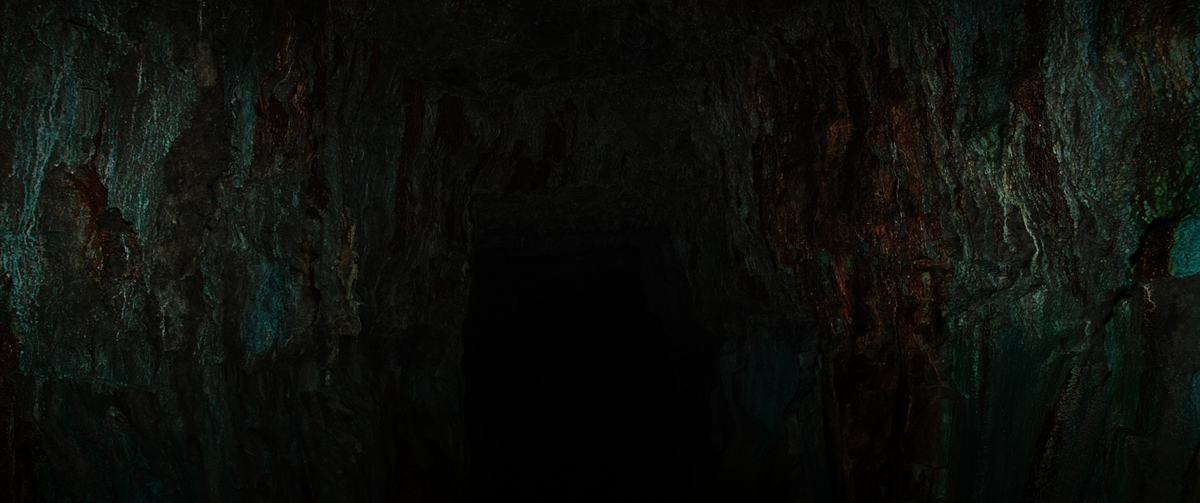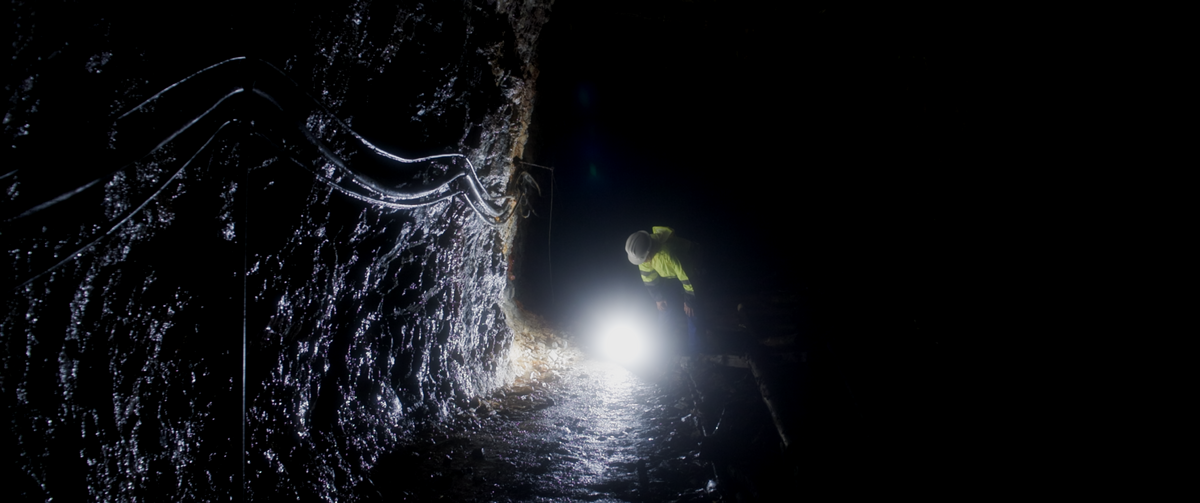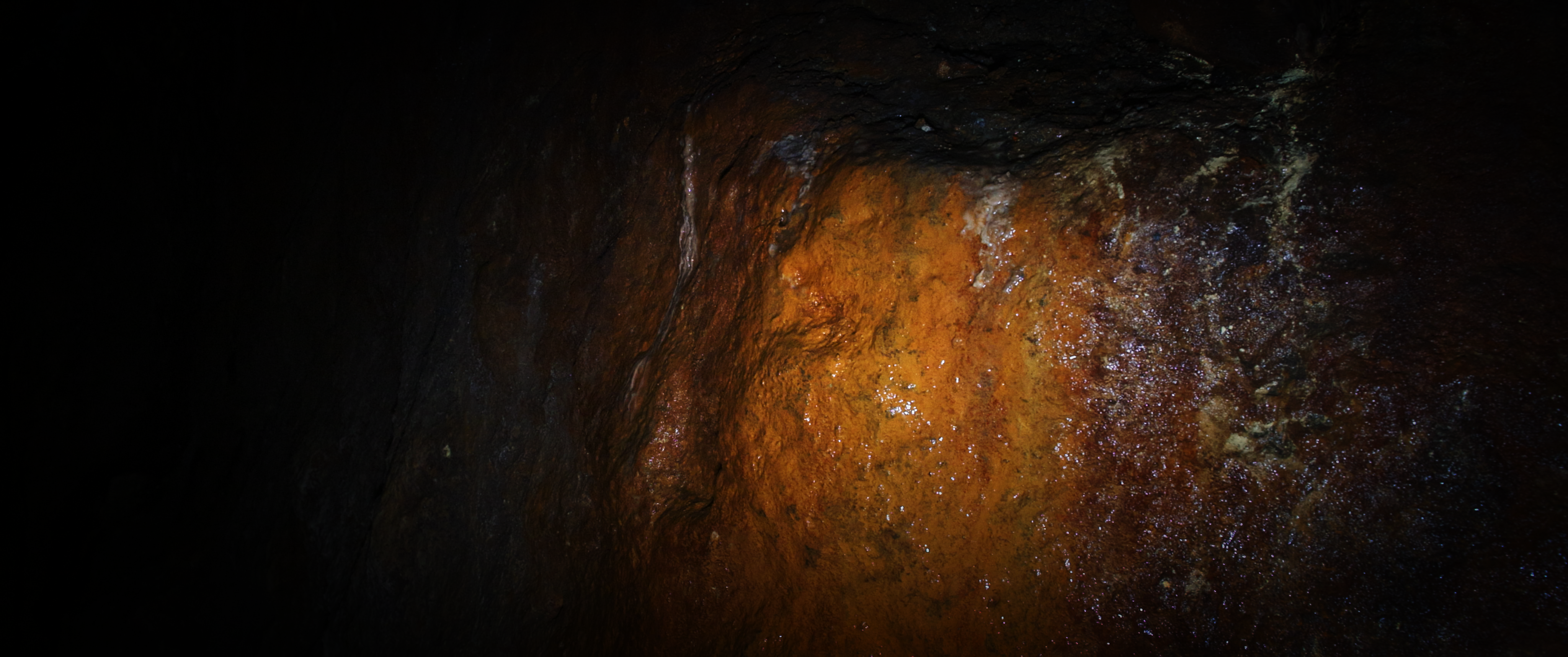Who says that minerals are dead rocks? The categorical distinction of Western thinking between living, active matter and “inanimate,” supposedly passive matter forms the prerequisite for exploiting mineral resources without restraint. This is what anthropologist Elizabeth Povinelli says, who has explored intensively the conflicts between colonial legislation on land use rights and the views of nature held by indigenous populations. But even in Western thought itself – for example, in the romantic natural philosophy of a Novalis – one finds ideas that oppose the sole dominance of economic calculation and scientific rationalism. The German artist Viktor Brim, born in Uzbekistan, focuses on the activity of rocks. He is interested in both the circumstances of their extraction and the dynamics in which they themselves are embedded and which are triggered by them, from geology to economics to politics. For My Precious, he developed the multi-channel video work the cavity on the inside. It is based on animated 3D scans of rock and slag lumps he found in former mines and heaps in the Mansfeld region. The videos document and simulate various flow states and structure formation processes of rocks. Natural processes such as oxidation, sintering and ore mineralization, which can take thousands or even millions of years, are accelerated and speculatively crossed with metallurgical processes from the smelting industry to explore agencies and geological ranges.
the cavity on the inside was co-produced with the Digital Co-production Laboratory (funded by the Ministry of Culture and Science of the State of North Rhine-Westphalia).















